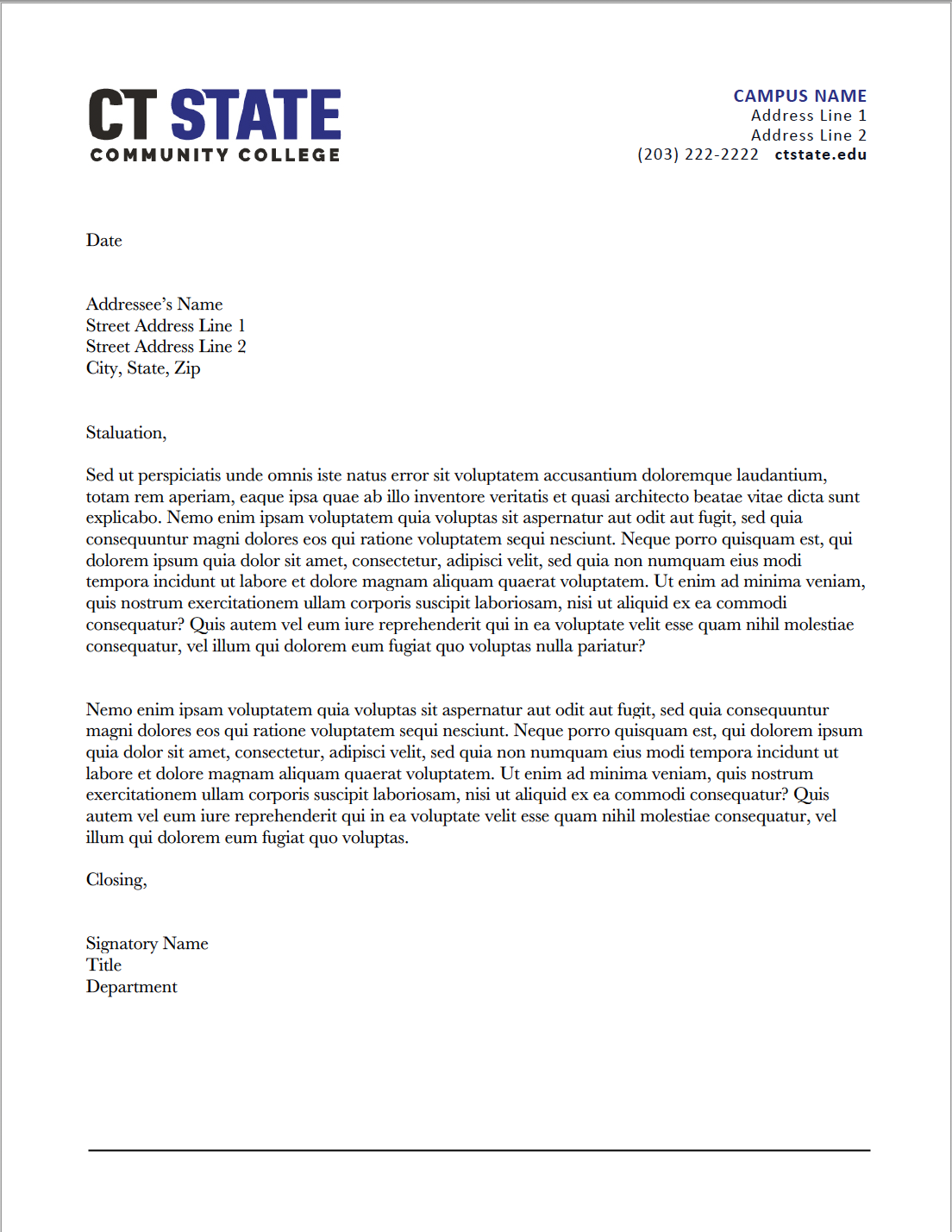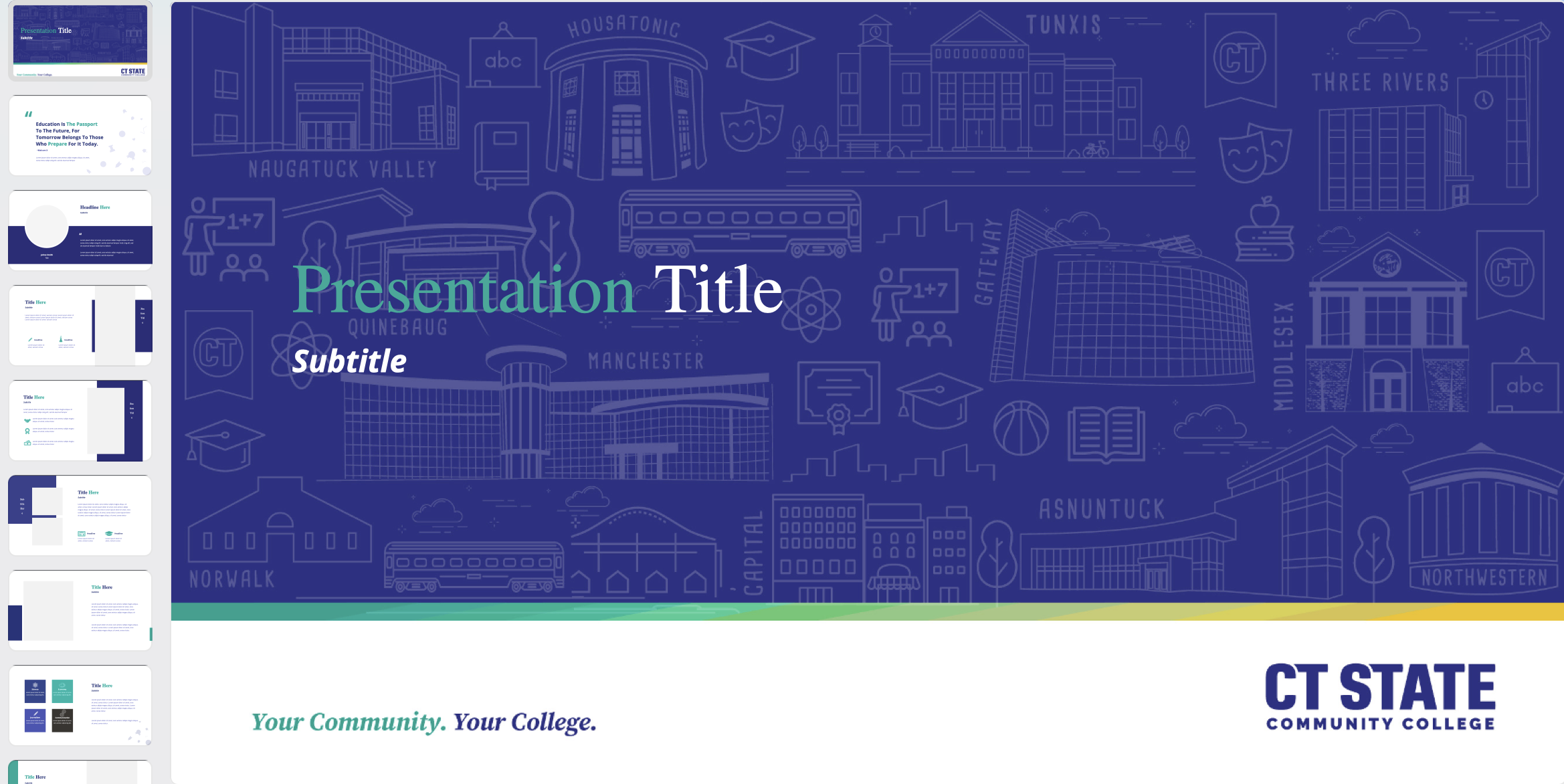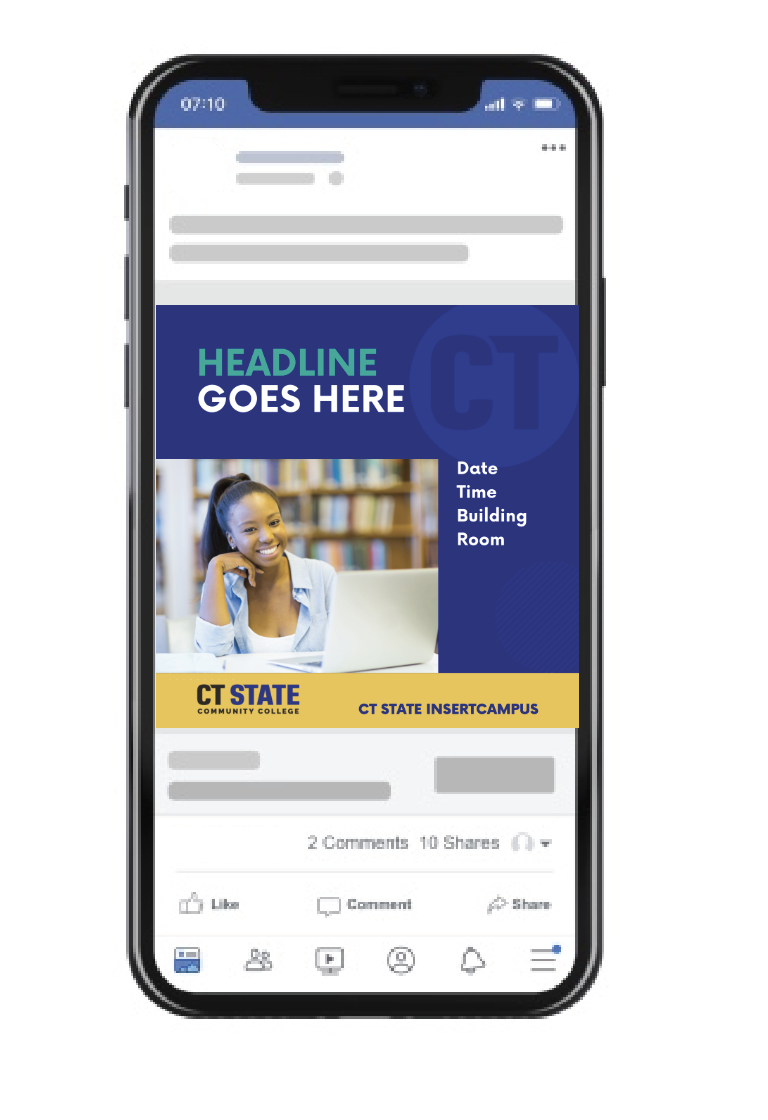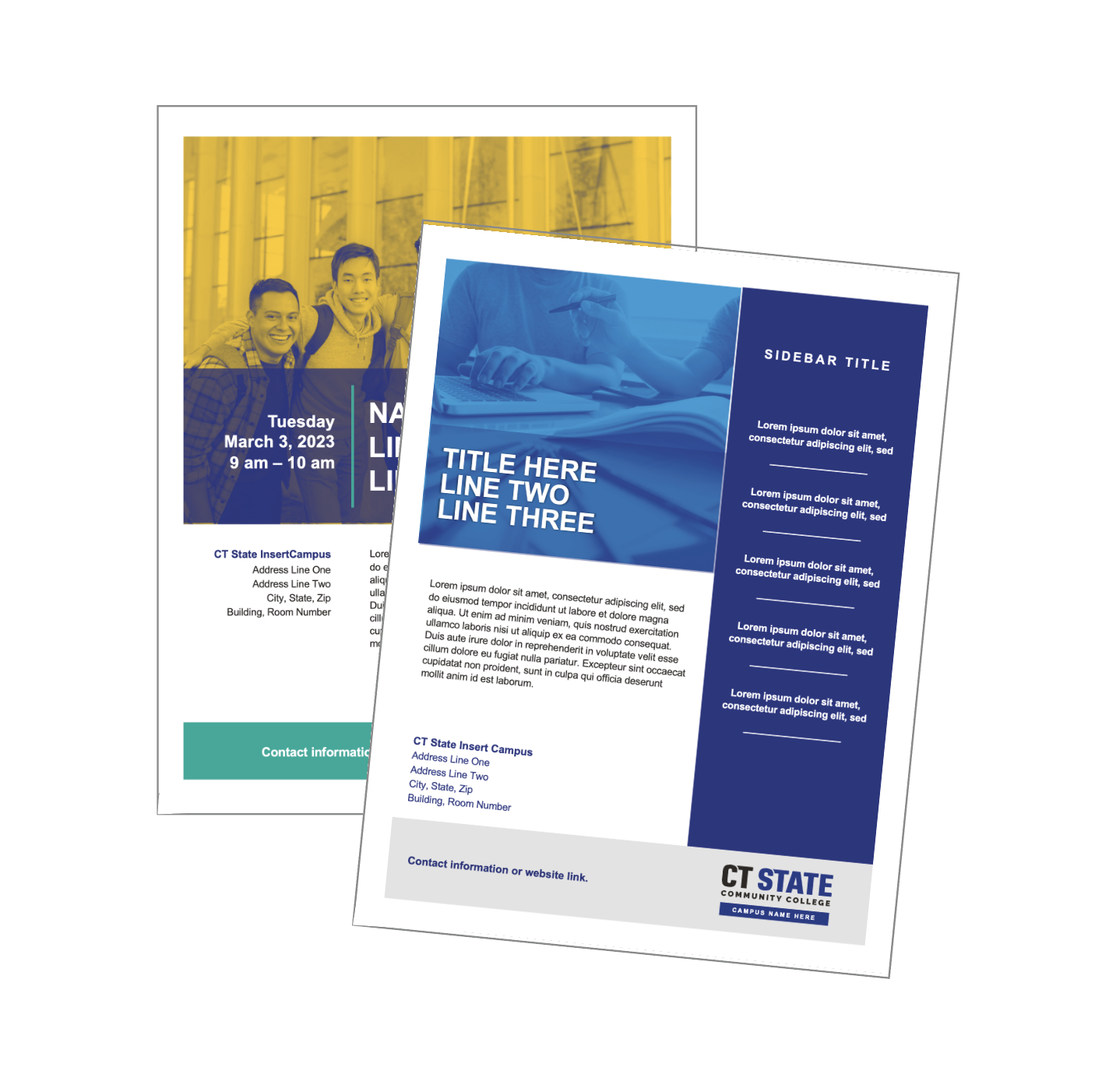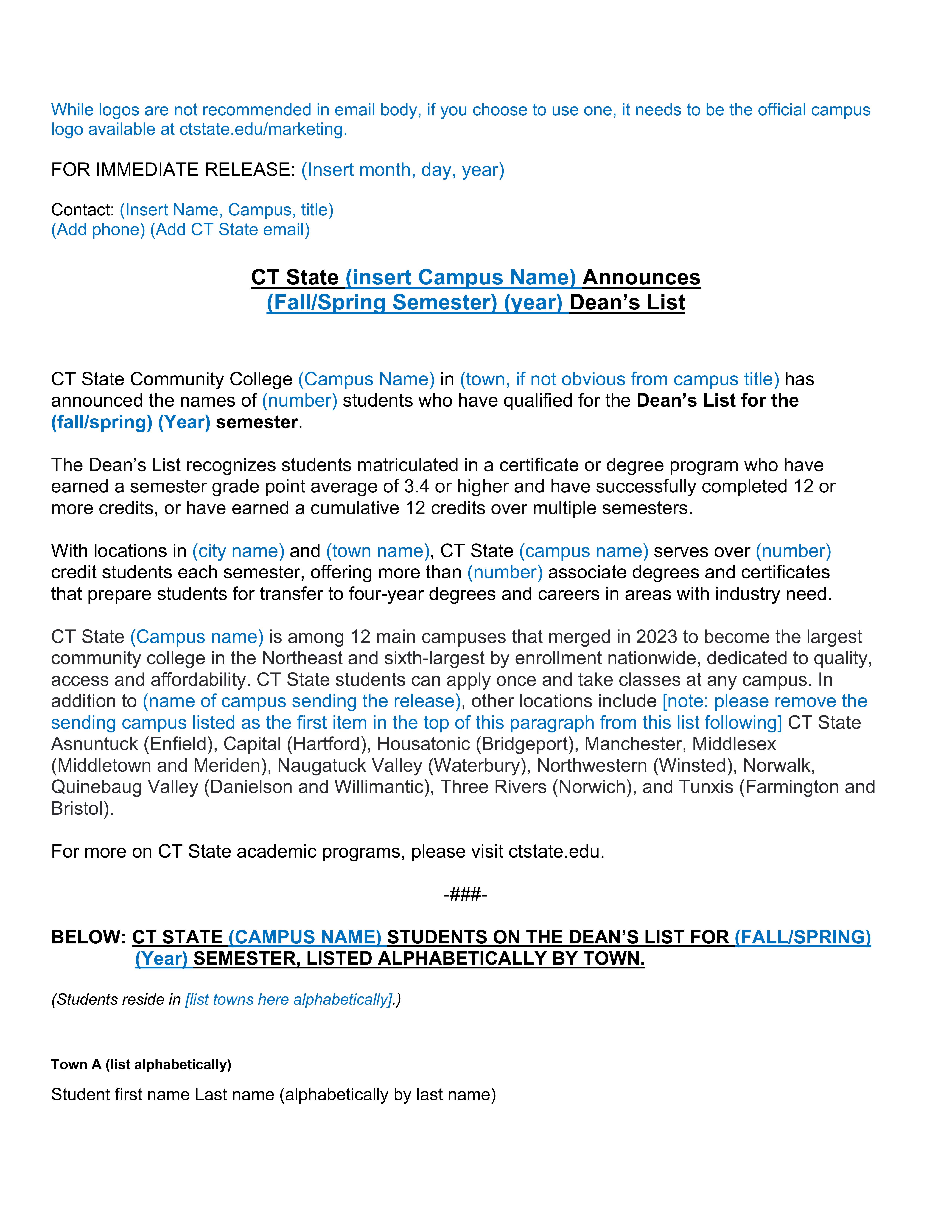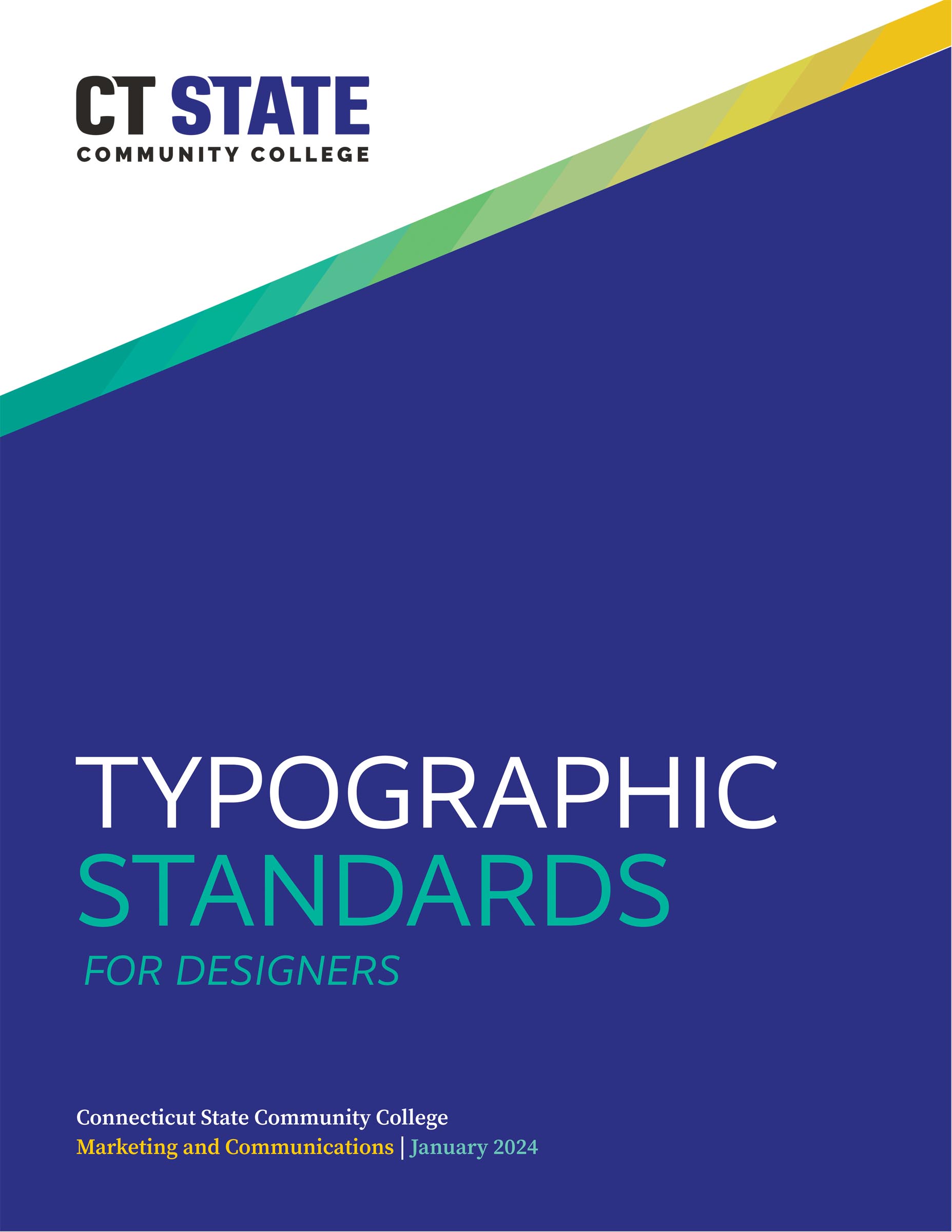Guidelines and Forms
- Temp Last Modified: 2025-02-19
Disability and Accessibility Services (DAS) is committed to providing accommodations and services to students with disabilities to ensure equal access to the educational environment. DAS providers engage in an interactive process with each student and review requests for accommodations on a case-by-case basis. DAS considers each student’s condition(s), history, experience, and requests to determine eligibility for accommodations and/or auxiliary aids. In order to determine academic accommodations, DAS may request documentation to establish the presence of a disability and the impact it has on the student in a postsecondary environment. Students who are applying for DAS accommodations should provide DAS with the disability documentation listed below for us to determine eligibility for DAS services. If the documents listed are not available to you, please submit any documentation you have and complete the Request for Services through our Accommodate System.
While students are a vital source of information, in order to determine accommodations under Section 504 of the Rehabilitation Act of 1973, the Americans with Disabilities Act (ADA) 1990, and the Americans with Disabilities Amendment Act 2008 (ADAAA), we also request information from other sources to establish a disability and the impact it has on learning in a postsecondary environment. In determining disability status, Connecticut State Community College is guided by federal law which defines persons with disabilities as those who have a physical or mental impairment that significantly restricts one or more major life activities such as caring for oneself, hearing, learning, reading, speaking, breathing, or working; have a record of such impairment; or are regarded as having such an impairment.
Accommodations are determined through the interactive process between the student and the disability service provider. They are informed or guided by documentation that substantiates the need for specific accommodations. The disability documentation students submit must, at minimum, verify two things: (1) the presence of a diagnosed disability or medical condition and (2) the current impact of the diagnosed disability or medical condition. At your appointment with a DAS Provider, they will guide you further if additional documentation is needed.
Documentation Guidelines
-
Please consider the following regarding documentation:
- Students should submit their most current assessments and/or evaluative reports conducted by school psychologists, physicians, medical professionals, etc., which may assist in determining academic accommodations.
- Documentation should provide a clear and detailed comprehensive assessment of the disability and/or diagnosis provided by a qualified professional.
- This documentation should substantiate the need for these services based on the individual’s current level of academic functioning in an educational setting.
- Individualized Education Plans (IEPs), Summary of Performance (SOPs), or Section 504 Plans from high schools are not sufficient on their own and therefore students are asked to also submit the most recent Psychological/Educational Evaluation Report completed in high school.
- Prior receipt of accommodations (e.g., in high school or in another postsecondary institution) helps to inform the process of determining accommodations; however, they do not guarantee receipt of the same accommodations. Likewise, approval of accommodations through CT State Community College does not guarantee the receipt of the same accommodations at other postsecondary institutions.
- A Verification of Disability form is available to assist students who are currently working with a professional in the health field.
- If the documentation specified in the guidelines below is not available, please submit what you have for review and further guidance.
A request for new accommodations or a review of current accommodations may be considered at any time. Please contact your DAS Provider for next steps.
Comprehensive documentation should include a recent evaluation by the appropriately credentialed professional, who is not a family member, which makes evident the current academic impact of the disability as it relates to the accommodations and services requested. Accommodation decisions are made through an interactive, individualized process based on the functional limitations of the disability and information provided by the student. Transfer students should submit their disability documentation and are also encouraged to provide an Accommodation Letter from their previously attended college or university.
All information received is confidential and is used by DAS for the sole purpose of determining a student’s eligibility for services and determining academic accommodations.
If the documentation provided is incomplete or insufficient to determine whether the student qualifies as having a disability or is eligible for accommodations, DAS may require additional documentation. Any cost incurred in obtaining additional documentation is the responsibility of the student. Missing information may result in a delay in reviewing a student’s request for accommodations.
-
Documentation of Disability Form
DAS has developed a Documentation of Disability form which students can ask their provider to complete documenting their disability and need for accommodations. DAS also recommends that in addition to the form, students share the appropriate documentation guidelines below with their physician/clinician.
Guidelines for Specific Disabilities
-
Acquired Brain Injury
Students requesting accommodations on the basis of an Acquired Brain Injury (ABI), which includes Traumatic Brain Injury (TBI) are to provide documentation that reflects the current impact of the disability on academic performance including:
- A Neuropsychological evaluation containing assessments of intellectual, conceptual, and cognitive competence; academic skills; personality status; motor facility of all extremities; sensory, perceptual, and processing efficiency; visual, auditory, and tactile facility; speech, language, and communication ability; and evaluation of memory and attention.
- An integrated summary that: • Indicates executive functioning deficits expected to impact postsecondary education performance and appropriate adjustments, • Describes the impact of the limitations specifically on learning (e.g., reading, math, and written expression), • Identifies concerns with negotiation of the college environment and suggests strategies, and • States how the effects of the brain injury are mediated by the recommended adjustments.
For a list of other acceptable forms of documentation: Utilization of particular evaluation techniques at the discretion of the evaluator possibly including; Bender-Gestalt, Halstead Reitain Battery (or selected parts); Detroit Tests of Learning Aptitude - 4 (DTLA-4) or Detroit Tests of Learning Aptitude - Adult (DTLA-A); Luria Nebraska Battery (or selected parts); Peabody Individual Achievement Test-R/NU (or other adult individual achievement tests); Woodcock Reading Mastery Tests- Revised/NU; Woodcock-Johnson III; and the Spache Written Language Assessment.
-
Attention Deficit Hyperactivity Disorder
Students requesting accommodations on the basis of attention deficit hyperactivity disorder (ADHD) are to provide documentation by a professional (e.g., psychologists, psychiatrists, neuropsychologists, licensed therapists, and other relevantly trained medical professionals). Documentation for students requesting accommodations on the basis of ADHD should include:
- Evidence of current impairment. A history of the individual's presenting attentional symptoms and evidence of current impulsive/hyperactive or inattentive behaviors that significantly impair functioning.
- A discussion of the Neuropsychological or Psycho-educational assessments administered, if applicable, to determine the current impact of the disorder on the individual's ability to function in an academic setting.
- Information about prescribed medications, if applicable, that may influence the types of accommodations provided, including any possible side effects.
- An integrated summary that: • indicates the substantial limitations to major life activities posed by the disability, • Describes the impact of the disability in an educational setting and suggests possible accommodations.
-
Autism Spectrum Disorder
Students requesting accommodations on the basis of autism spectrum disorders (ASD) are to provide documentation from a professional (e.g., psychologists, psychiatrists, neuropsychologists, licensed therapists, and other relevantly trained medical professionals). Requested documentation should be in the form of a comprehensive neuropsychological evaluation accompanied by a clinical statement reviewing history and current symptoms. Comprehensive diagnostic evaluations should include:
- Standardized cognitive testing, such as the Wechsler Adult Intelligence Scale (WAIS) or Wechsler Intelligence Scale for Children (WISC) that details current cognitive functioning.
- Achievement testing, such as the Woodcock Johnson (WJ) or Wechsler Individual Achievement Test (WIAT).
- Current level of social/emotional functioning.
- Integrated narrative summary, including impact of symptoms on learning and/or communicating.
- A clinical interview including a description of the presenting problem(s) including any significant developmental, medical, psychosocial and employment; and family history.
- Prescribed medications, dosages and schedules that may influence the types of accommodations provided, including any possible side effects. Information about prescribed medications, if applicable, that may influence the types of accommodations provided, including any possible side effects.
- Co-morbid diagnoses, if present and impacting the educational environment, should include documentation and/or evaluations by allied health professionals such as speech/language assessments, occupational therapy records, statements from therapist or other treating professionals.
-
Blindness or Low Vision
Students requesting accommodations on the basis of low vision or blindness are to provide current documentation from a professional that includes:
- An ocular assessment and narrative summary or evaluation from an Ophthalmologist.
- A low-vision evaluation of residual visual function, when appropriate.
- Describes the impact of the disability in an educational setting and suggests possible accommodations.
-
Chronic Health-Related Disabilities
Students requesting accommodations on the basis of a chronic health-related disability are to provide current documentation from a medical professional that includes:
- An identification of the disabling condition(s).
- Describes the impact of the health-related condition in an educational setting and suggests possible accommodations.
- Describes the degree and range of functioning for a progressive condition.
- Prescribed medications, dosages and schedules that may influence the types of accommodations provided, including any possible side effects. Information about prescribed medications, if applicable, that may influence the types of accommodations provided, including any possible side effects.
-
Deaf or Hard of Hearing
Students requesting accommodations on the basis of being deaf or hard of hearing are to provide current documentation from a professional that includes:
- An audiological evaluation and/or Audiogram administered by an Otorhinolaryngologist (ENT), Otologist, or licensed Audiologist.
- An interpretation of the functional implications of the diagnostic data and hearing aid evaluation, where appropriate.
- Describes the impact of the disability in an educational setting and suggests possible accommodations.
-
Intellectual Disabilities
Students requesting accommodations on the basis of an intellectual disability are to provide current documentation from a professional (e.g., clinical or educational psychologists, school psychologists, neuropsychologists, special education teachers). Requested documentation should be in the form of a comprehensive neuropsychological evaluation accompanied by a clinical statement reviewing history and current symptoms. Comprehensive diagnostic evaluations should include:
- Standardized cognitive testing, such as the Wechsler Adult Intelligence Scale (WAIS) or Wechsler Intelligence Scale for Children (WISC) that details current cognitive functioning.
- Achievement testing, such as the Woodcock Johnson (WJ) or Wechsler Individual Achievement Test (WIAT).
- Current level of social/emotional functioning.
- Integrated narrative summary, including impact of symptoms on learning and/or communicating, • the substantial limitations to major life activities posed by the disability, • suggests how the specific effects of the specified disability may be accommodated.
Note: Individual "learning styles," "learning differences," "academic problems," and "slow learner” and test difficulty or anxiety" in and of themselves do not constitute a disability at the postsecondary level.
-
Learning Disabilities
Individualized Education Plans (IEPs), Summary of Performance (SOPs), or Section 504 Plans from high schools are not sufficient on their own and therefore students are asked to also submit the most recent Psychological/Educational Evaluation Report completed in high school.
Students requesting accommodations on the basis of a learning disability are to provide current documentation from a professional (e.g., clinical or educational psychologists, school psychologists, neuropsychologists, learning disabilities specialists, special education teachers). Requested documentation should be in the form of a comprehensive neuropsychological evaluation accompanied by a clinical statement reviewing history and current symptoms. Comprehensive diagnostic evaluations should include:
- Standardized cognitive testing, such as the Wechsler Adult Intelligence Scale (WAIS) or Wechsler Intelligence Scale for Children (WISC) that details current cognitive functioning.
- Achievement testing, such as the Woodcock Johnson (WJ) or Wechsler Individual Achievement Test (WIAT).
- Integrated narrative summary, including impact of symptoms on learning and/or communicating, • current level of social/emotional functioning, • the substantial limitations to major life activities posed by the disability, • suggests how the specific effects of the specified learning disability may be accommodated.
Note: Individual "learning styles," "learning differences," "academic problems," and "test difficulty or anxiety" in and of themselves do not constitute a disability at the postsecondary level.
-
Physical Disabilities
Students requesting accommodations on the basis of a physical disability are to provide current documentation from a medical professional that includes:
- An identification of the disabling condition(s).
- Describes the impact of the disability in an educational setting and suggests possible accommodations.
- Describes the degree and range of functioning for a progressive condition.
-
Psychological Disabilities
Students requesting accommodations on the basis of a psychological disability are to provide current documentation from a licensed mental health professional. Documentation from other medical providers will be considered and reviewed for provisional accommodations. Documentation should include, but not be limited to:
- An integrated summary that: • indicates a specific, current psychiatric diagnosis as per the DSM of the American Psychiatric Association, • indicates the substantial limitations to major life activities posed by the psychological disability, • Describes the impact of the health-related condition in an educational setting and suggests possible accommodations, • includes a description of the presenting problem(s) including any significant developmental, medical, psychosocial and employment; and family history.
- Prescribed medications, dosages and schedules that may influence the types of accommodations provided, including possible side effects. Information about prescribed medications, if applicable, that may influence the types of accommodations provided, including any possible side effects.
Note: Emotional Disturbance (ED) is an educational label and does not constitute a disability at the postsecondary level.
Due to the evolving and changing nature of psychological disabilities, providing current updates is helpful to ensure appropriate supports are considered.
-
Temporary Disabilities
Disability and Accessibility Services (DAS) may also assist students who have a temporary injury or condition, which results in a functional limitation in an academic setting. Examples may include broken bones and pregnancy; for example, a scribe or note taking assistance may be appropriate for a student with a broken arm.Assistance is determined on a class-by-class basis and is dependent upon the nature of each course and the method of instruction as it relates to the student’s functional limitations. Accommodations are extended to students with temporary conditions for the duration of their functional limitations associated with the condition.
Since temporary conditions can occur at any point during the semester, the timing can significantly impact the accommodation options available to the student. Timely and open communication with DAS, faculty and other campus offices, as needed,about the nature and duration of the condition and requested assistance can often result in satisfactory solutions to the short-term issues caused by the injury or condition. Students with temporary injuries or conditions are encouraged to contact DAS to determine accommodation options.
- Hits: 16575
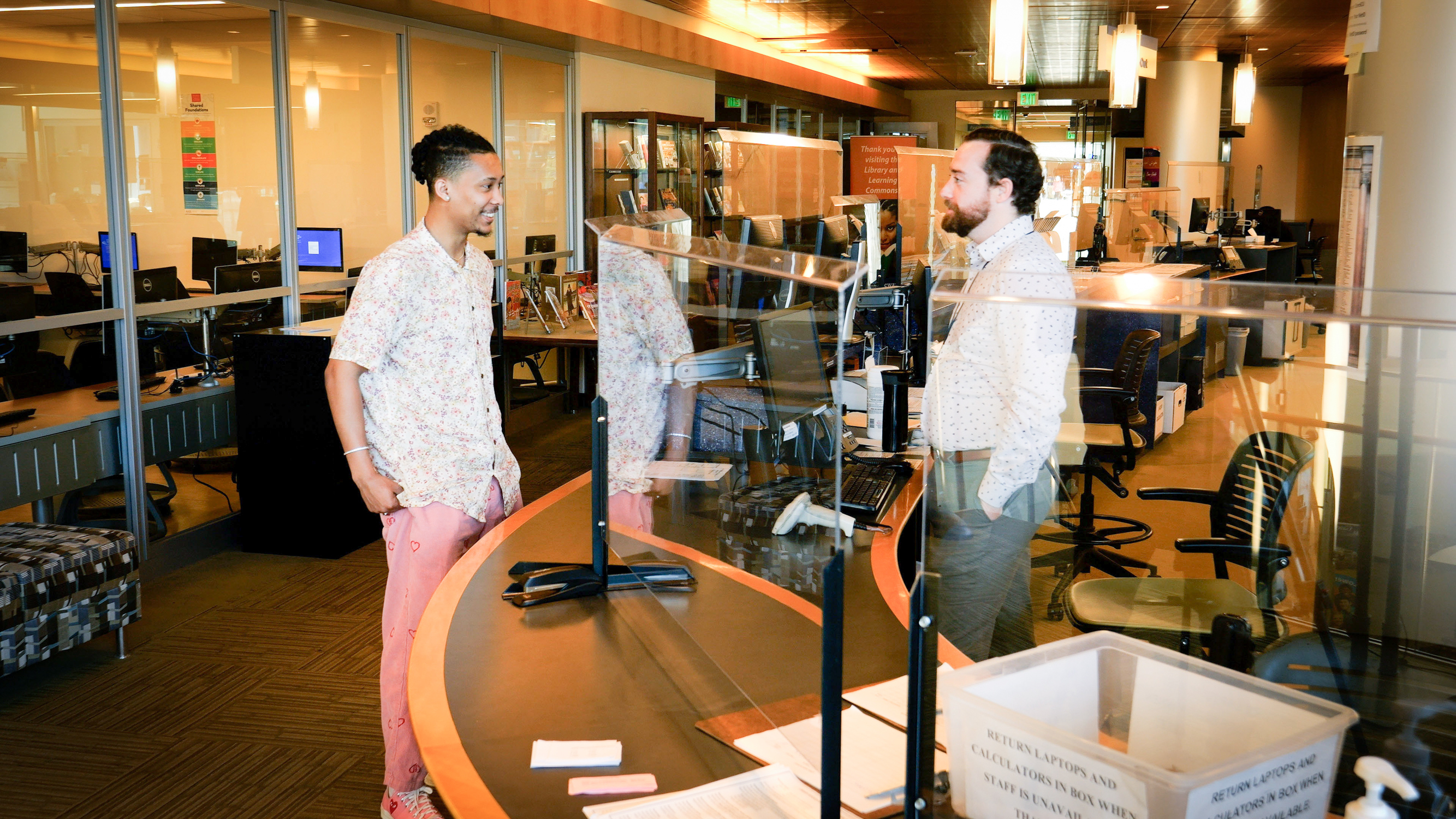 This project will comprise unique surveys for three different populations: staff, faculty and students.
This project will comprise unique surveys for three different populations: staff, faculty and students. 
